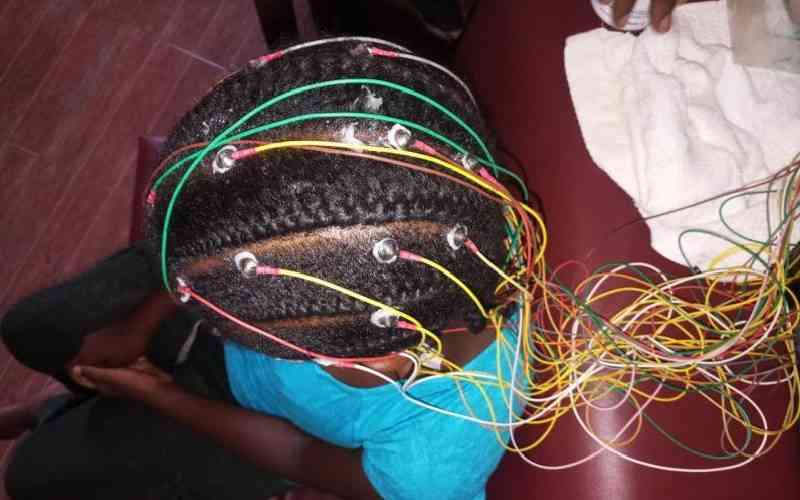
This year's theme for International Epilepsy Day is 'Milestones on my epilepsy journey'. The theme hopes to accentuate how patients with epilepsy have been able to overcome challenges that come with the disease and encourage people to talk about their success journey.
For long, epilepsy has been associated with witchcraft. Some tribes believe that an epileptic person is demon-possessed or has offended their ancestors. They therefore perform rituals to appease the ancestors and 'cleanse' the person. When I was in primary school, a girl who had epilepsy would fall, foam at the mouth and have violent fits. Students would run away and observe her from a distance in fear. Teachers would not really help as they believed she was faking it by using powder to make her foam at the mouth so as not to attend classes. Absurd, right?
Myths and misconceptions about epilepsy should be eliminated. The truth is, epilepsy is not contagious, those who suffer from it have not been bewitched and the disease is not a mental illness. Epilepsy (kifafa in Kiswahili) is a seizure disorder. According to US-based Nationwide Children's Hospital, "epilepsy is a neurological condition involving the brain that makes people more susceptible to having recurrent unprovoked seizures."
Involuntary and voluntary responses such as sneezing, breathing, raising a hand et cetera, are usually controlled and regulated by the brain through nerve cells that ensure communication in the brain happens through electrical activity. However, a seizure occurs when there is an abnormal electrical activity in some parts of the brain which affects its normal functioning. These seizures can occur when the brain has been injured through accidents, childbirth, high ever, infection in the brain, tumors and illnesses.
The different types of seizures can occur depending on the part of the brain that has been affected and this also means that the methods of treatment will be different for each type of seizure. Generalised seizures can affect both parts of the brain. Examples of these seizures include absent, tonic, atonic, clonic and tonic-clonic seizures.
Absent seizure is characterised with staring for a few seconds where a patient loses consciousness and then regains it quickly. They may stop what they were doing suddenly for about 30 seconds then go back to normal. This can be dangerous especially if they are in the kitchen alone or crossing the road.
Tonic seizure is very common. The muscles of the patient stiffen and become contracted leading them to fall on their back and foam at the mouth. Atonic is the opposite of it as it causes the patient's muscles to relax and become floppy leading to a forward fall.
Clonic seizures cause violent convulsions where one uses a lot of energy during the jerks. They may have difficulty breathing properly, bite their tongue or inside of their cheeks or lose control of their bladder. Tonic-clonic, also known as grand mal seizures, involves loss of consciousness and experiencing intense contractions of the muscles.
Most neurological doctors prescribe treatment options like oral drugs such as epilim and tegretol. In extreme cases, brain surgeries are performed for management.
Ms Tanui is a journalist
 The Standard Group Plc is a multi-media organization with investments in media platforms spanning newspaper print
operations, television, radio broadcasting, digital and online services. The Standard Group is recognized as a
leading multi-media house in Kenya with a key influence in matters of national and international interest.
The Standard Group Plc is a multi-media organization with investments in media platforms spanning newspaper print
operations, television, radio broadcasting, digital and online services. The Standard Group is recognized as a
leading multi-media house in Kenya with a key influence in matters of national and international interest.




